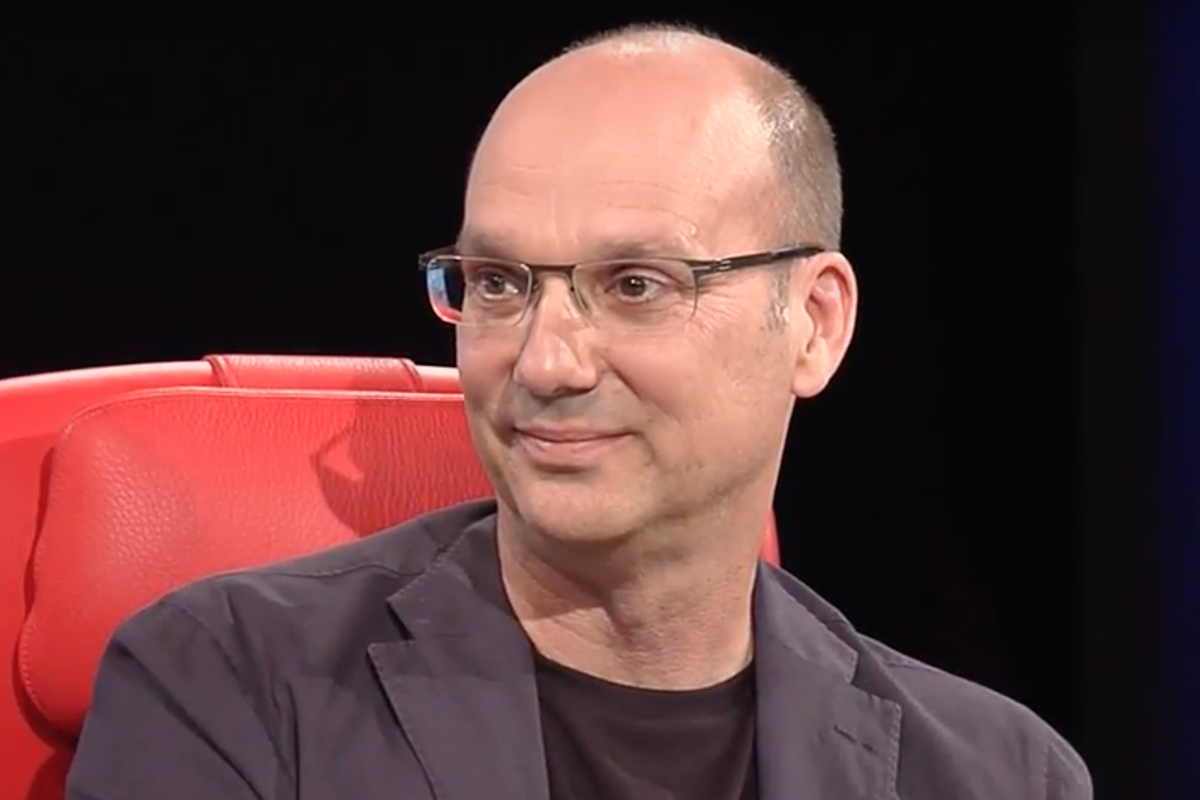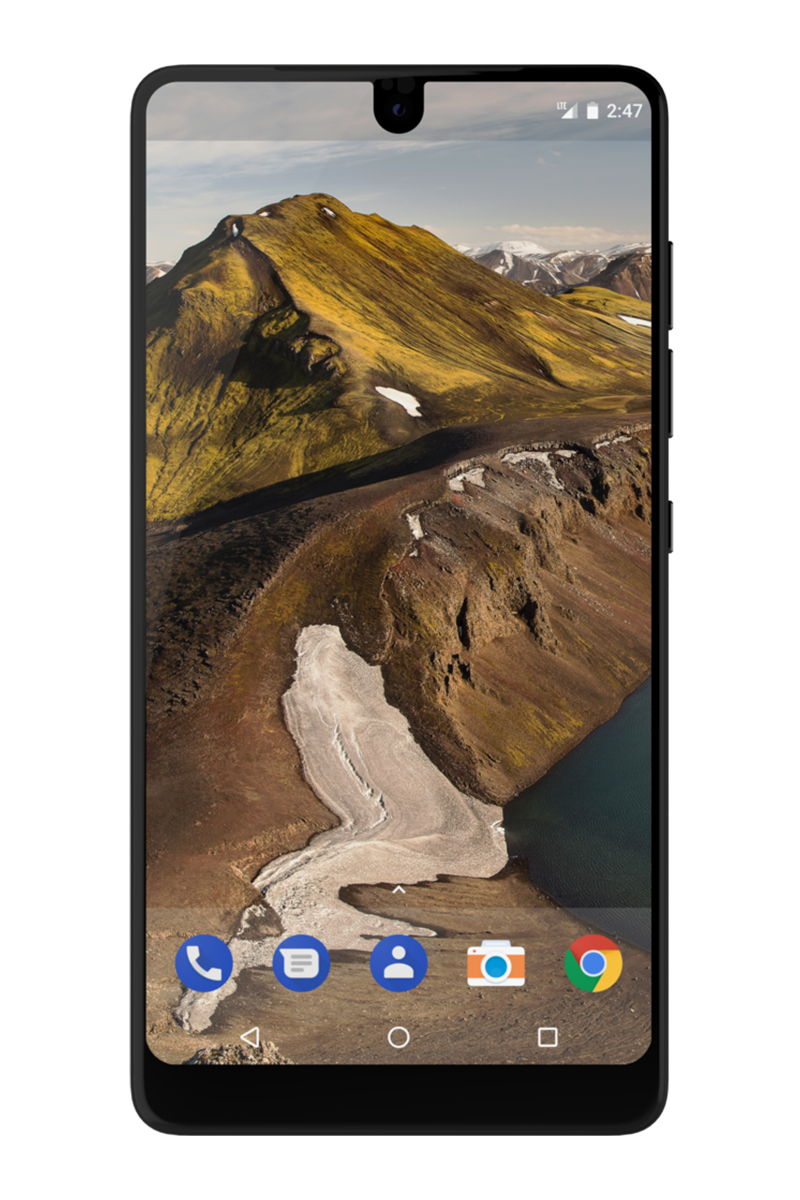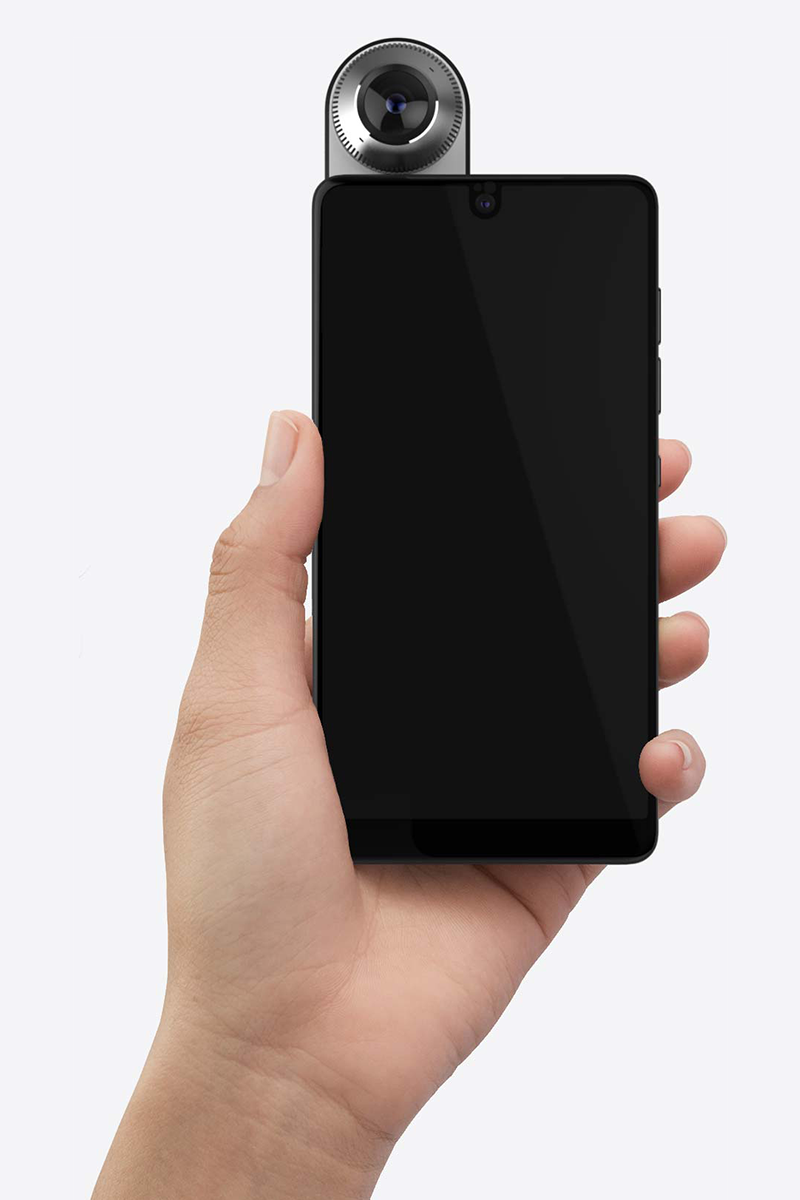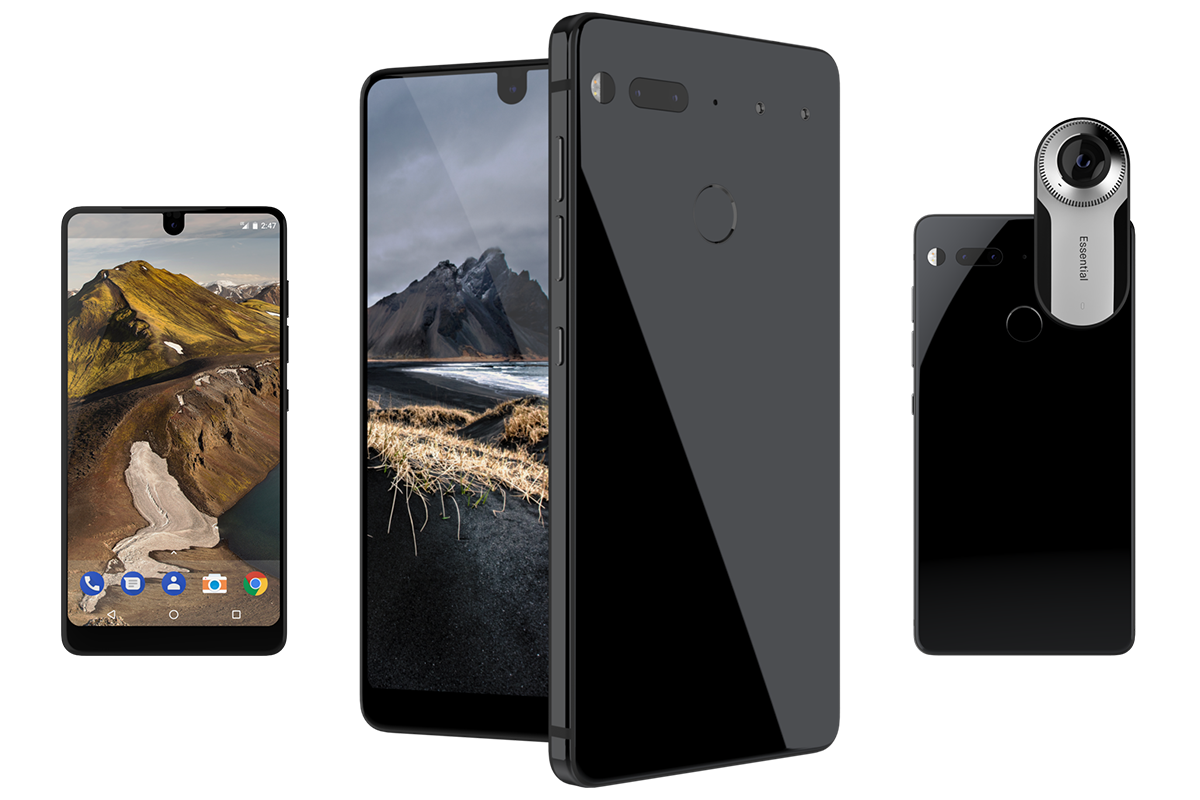“It’s not rocket science. It’s technology evolution.”
That’s how Andy Rubin described his latest creation, the Essential Phone, at the Code Conference on Tuesday. Unveiled earlier this week, after being hinted at since January, the Essential Ph-1 is the latest offering on the smartphone scene.
Android’s Andy Rubin
For many, Andy Rubin needs no introduction. But for those not in the know, here are a few of his impressive credentials. He’s the creator of Android, the operating system that the vast majority of smartphones run. He sold Android to Google in 2005, where he continued to oversee it’s development. Then, in 2013, he went on to run Google’s robotics division, before leaving in 2014 to start Playground Global, a tech incubator for startups making hardware devices.

In 2015, he founded one of those hardware focused start-ups – Essential Products – and the Essential Ph-1 is just the first device to come out of the gate. The company has also announced a home assistant, imaginatively dubbed Essential Home. It’s an unobtrusive, easy-to-use device that “helps you manage your life” and “plays well with others”.
According to Andy, that last point, that technology should work well together, is one of the main reasons he started Essential. He outlines, in a blog post on the company’s website, his belief that technology should be simple and uncluttered without branding or unwanted apps. He also says it should evolve with the consumer, not quickly become obsolete, and that premium materials and craftsmanship should be available to all.
The Essential Phone
And he’s tried to bring all of that together in the Essential phone. The design is simple – nowhere does it say Essential – and it’s certainly made of premium materials. Instead of the usual aluminium, it’s made of titanium. It’s lightweight but tough so it won’t bend in your pocket.
The base is ceramic, which Andy explains is RF transparent – meaning it doesn’t impede radio frequencies so there’s no need for the antenna lines often found on smartphones. And it withstands the drop test:
The phones will be available in four colours – ‘Black Moon’, ‘Stellar Grey’, ‘Pure White’ and ‘Ocean Depths’ (a deep green), and come with matte or mirror-like finishes.

But to look at the device, the stand out feature is clearly the screen. With it’s impressive 5.7 inch, edge-to-edge screen, Andy describes the Essential Phone as “a phablet in a phone form factor”, meaning consumers won’t have to choose between the two.
But what’s really different about it is the way it curves around the front-facing camera, making use of as much of the phone’s space as possible.
The future is wireless
Another feature that makes this phone special is it’s modular capability. A two-pronged magnetic connector near the rear camera allows for the attachment of accessories. The first of these, which can be purchased as an add-on to the phone, is a 360° camera.

It connects the phone via wireless USB-C, and is powered by the phone, which keeps the device small. The Essential Phone differs from other attempts modularity, in that the accessories are designed to be usable on multiple and future devices. Consumers can continue to use them when they upgrade their phones, and potentially use them on other Essential products as it expands its range.
And while the phone does have a USB-C port for charging and connecting the device, Andy says wireless is the way of the future. Well, what he actually says is, “Connectors are dumb. They should all go away.”
He explains that going completely wireless is a way to future-proof and connect more devices. Having the wrong port won’t render a device obsolete – because there won’t be any ports! And Essential has followed Apple’s footsteps by not including a headphone jack. It seems that consumers are going to have to get used to a wireless future.
But how does it compare?
It’s hard to imagine any phone managing to make much of a dent in the iPhone/Samsung duopoly. On the other hand, this is just the beginning for Essential, which is promising more devices and accessories to come. The Essential Phone is expected to go on sale in the next 30 days. In the meantime, you can reserve yours here.
For now, here’s how the Essential Phone specs stack up next to the other big players: the iPhone 7 Plus, Galaxy S8 and Google Pixel XL.
| Essential Ph-1 | iPhone 7 Plus | Galaxy S8 | Google Pixel XL | |
| Dimensions | 142x71x7.8 mm | 158.2×77.9×7.3 mm | 148.9×68.1×8 mm | 154.7×75.7×8.6 mm |
| Weight | 185g | 188g | 155g | 168g |
| Materials | Titanium Ceramic |
Aluminium | Aluminium Glass |
Aluminium |
| Display Size |
5.7″ | 5.5″ | 5.8″ | 5.5″ |
| Display Resolution |
2560 x 1312 | 1,920×1,080 | 2960×1440 | 2,560×1,440 |
| Camera | Rear:13MP Dual RGB + MonoFront: 8MP | Rear:12MP Dual Telephoto + WideFront: 7MP | Rear: 12MP Front:8MP |
Rear:12.3MP Front:8MP |
| Battery | 3040mAh. | 2,900mAh | 3,000mAh | 3,450mAh |
| Memory & Storage |
RAM: 4GB Storage: 128GB |
RAM: N/A Storage: 32GB, 128GB, 256GB |
RAM: 4GB Storage: 64GB |
RAM: 4GB Storage: 32GB, 128GB |
| Processor | 2.4GHz octa-core Qualcomm Snapdragon 835 | Apple A10 chip (64-bit) | 2.35GHz + 1.9GHz octa-core Qualcomm Snapdragon 835 OR 2.35GHz + 1.7GHz octa-core Samsung Exynos 8895 | 2.15GHz + 1.6GHz quad-core Qualcomm Snapdragon 821 |
| OS | Android 7.1 Nougat | Apple iOS 10 | Android 7.0 Nougat | Android 7.1 Nougat |
| Ports | USB-C | Lightning | USB-C | USB-C |
| Headphone Jack? |
No | No | Yes | Yes |
| Water resistant? | No | Yes | Yes | No |
| Fingerprint Sensor | Back | Home Button | Back | Back |
Images: Essential







